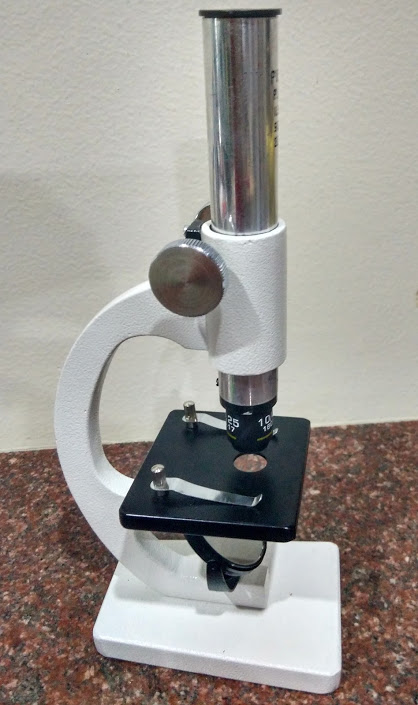Osmosis in potato

After checking out my plants in the balcony, the young girl in my class had a curious question "Aunty, how do the roots know when to absorb water?". "You mean, how does water get into roots ..right?" asked my daughter walking towards the girl. "Yes, thats what I don't understand " replied the girl. Listening to their conversation I said "water enters the root hair cells by 'osmosis' and we will do an experiment to understand osmosis today". And that's how we decided to do an experiment on osmosis. What is Osmosis? Plants absorb water from the soil by 'osmosis'. Osmosis is the movement of water through a semi permeable membrane. Water moves into plant cells through osmosis by making them turgid or stiff to hold the plants upright. Osmosis is passive transport, meaning it does not require energy to be applied. We also discussed about how osmosis is helpful for photosynthesis as well. Otherwise the plan...
